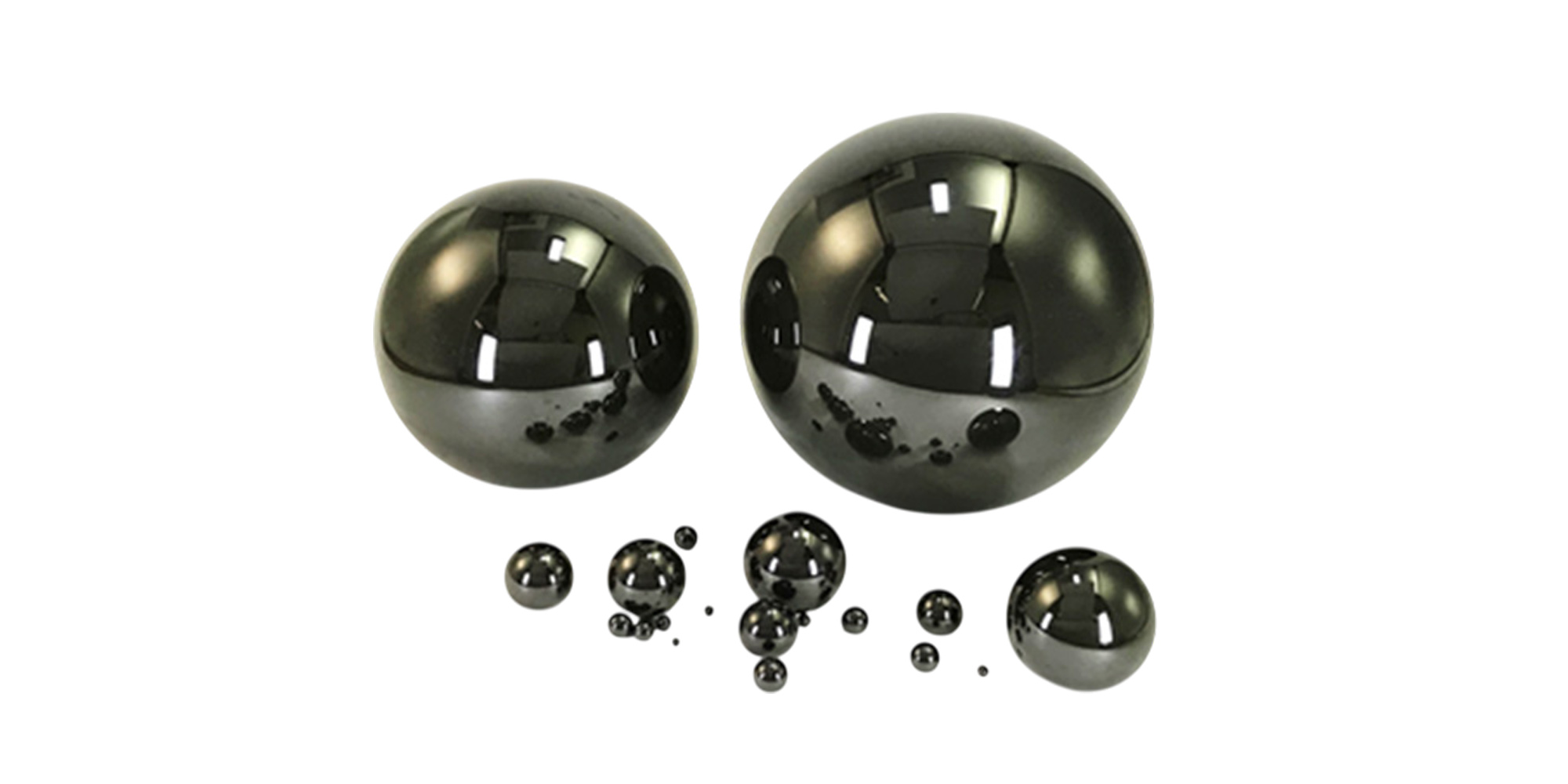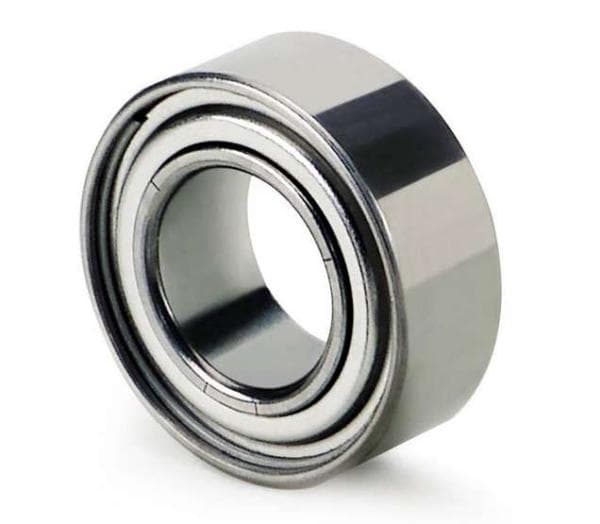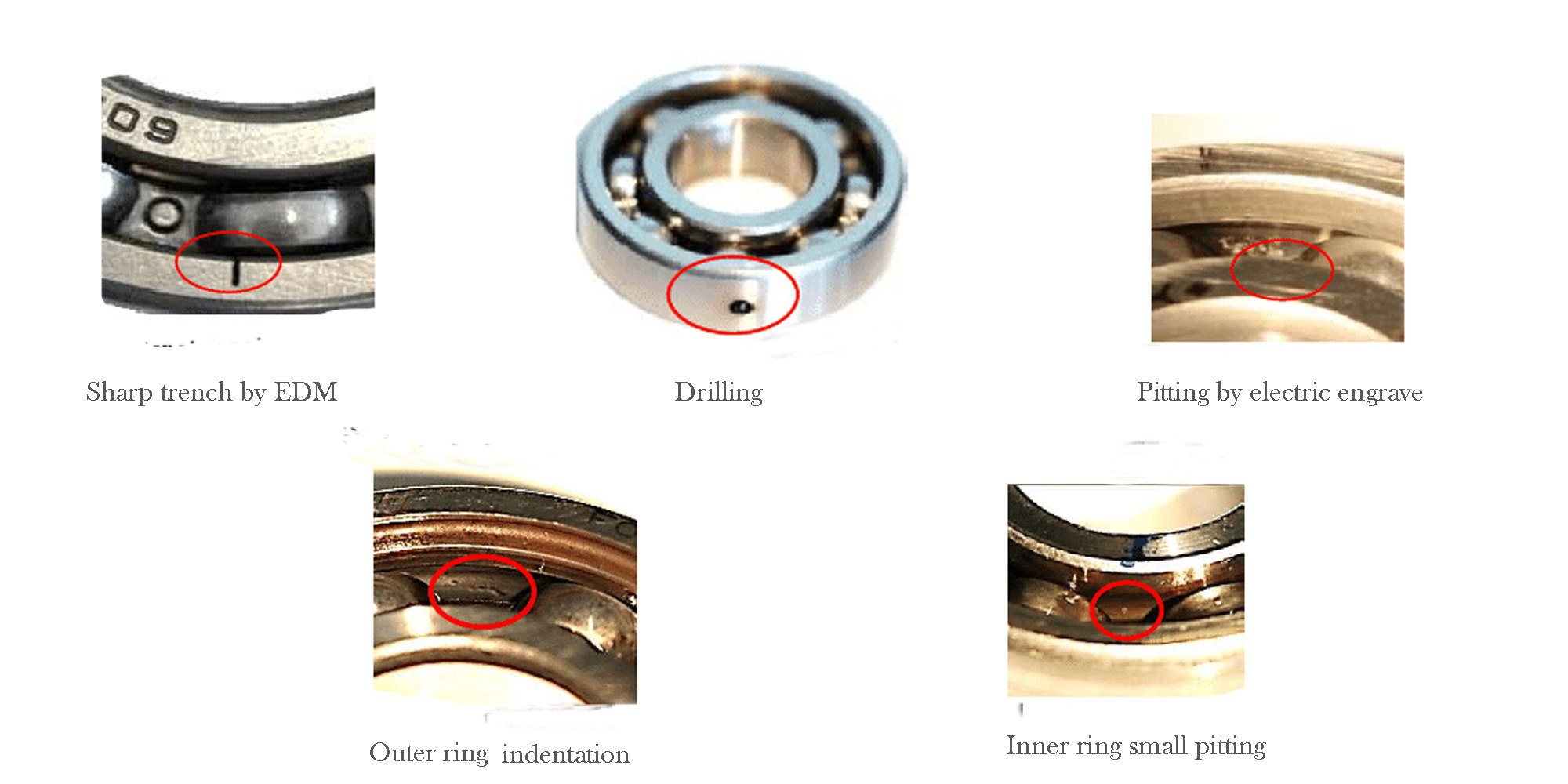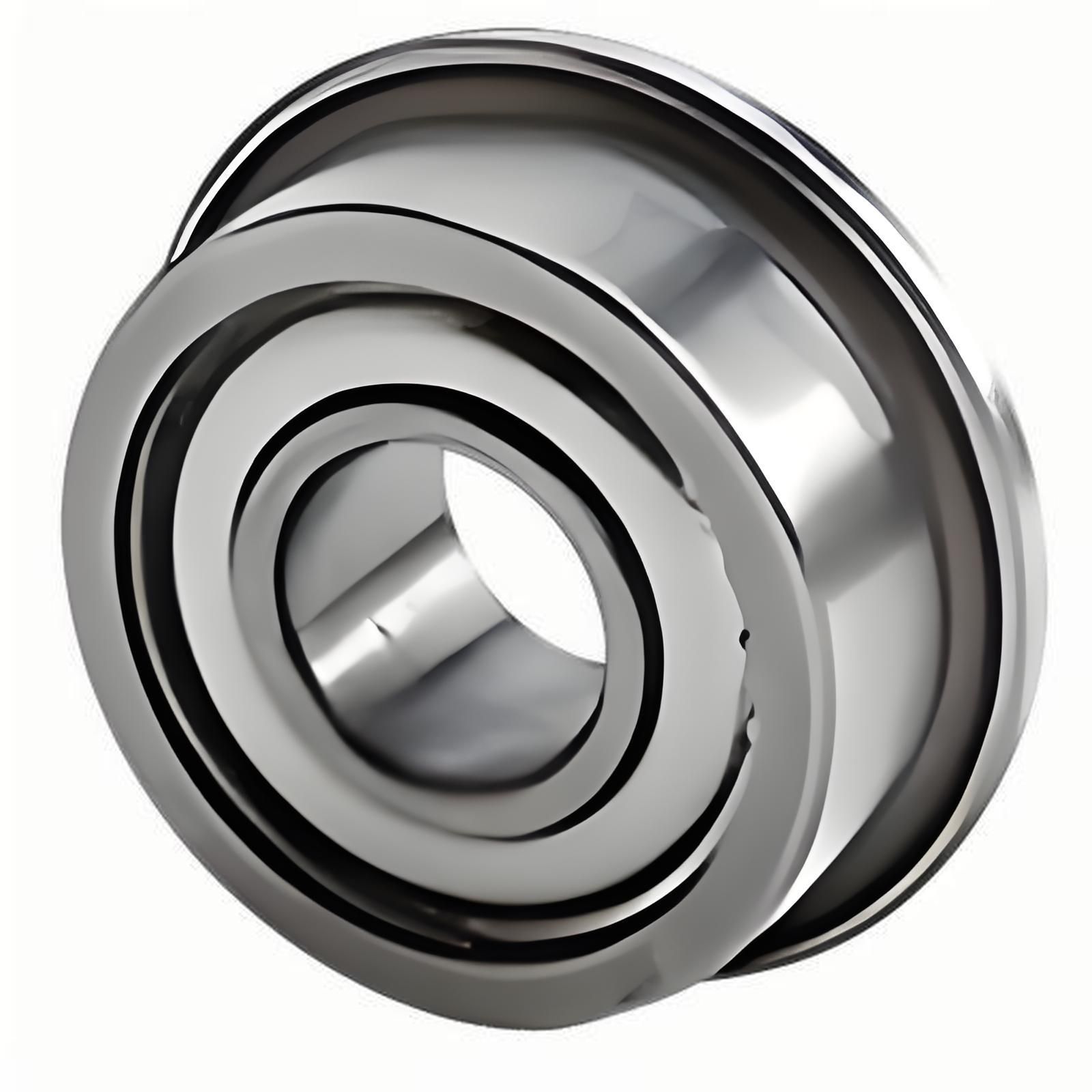High Temperature Bearings: Prevent Failure & Save Costs
High temperature bearings are made to work in hot conditions where regular bearings would fail. They are built with special materials and coatings...

Ceramic balls are key parts in many high-performance applications because of their unique properties.
Choosing the right ceramic balls is crucial for different industries because it directly affects performance, longevity, and cost.
This blog will focus on important factors like material, grade, and application, and will help you choose the right ceramic balls for your needs.
Ceramic balls are spherical components made from advanced ceramic materials like Silicon Nitride, Zirconia, Alumina, and Silicon Carbide.
Ceramic balls have several advantages over steel balls. They are harder, offering better wear resistance, which helps them last longer.
They also have a lower density, making them lighter and more energy-efficient in high-speed applications.
Additionally, ceramic balls are highly resistant to corrosion. This makes them ideal for use in harsh environments where traditional steel balls might rust or degrade.
Ceramic balls are widely used in industries like aerospace, automotive, chemical processing, and electronics because their exceptional properties.
![]()
Silicon Nitride is a lightweight, high-strength material known for its excellent thermal and mechanical properties.
Highly resistant to heat, wear, and corrosion. Its combination of strength and lightness helps improve performance while reducing energy consumption.
Silicon Nitride ceramic balls are ideal for applications in high-speed bearings, aerospace components, and automotive parts.

Zirconia is a tough, wear-resistant material known for its excellent chemical stability.
Zirconia is highly durable and performs well in harsh environments.
Zirconia is best suited for applications like medical devices, precision pumps, and valves.
Its fracture toughness and bio-compatibility make it ideal for environments where strength and safety are crucial.

Alumina is known for its excellent mechanical strength, hardness, and insulation properties.
These qualities make it ideal for use in applications that require durability, wear resistance, and electrical insulation.
Alumina is commonly used in applications such as electrical insulators, industrial equipment, and environments that require corrosion resistance.

Silicon Carbide is known for its extreme hardness and excellent chemical resistance.
These properties make it ideal for use in harsh environments, such as high-temperature applications and abrasive conditions.
Well-suited for environments exposed to corrosive chemicals.
Its durability and strength ensure reliable performance in demanding industrial settings.
Silicon Carbide is ideal for applications like automotive water pumps and rocket engine components.
Also well-suited for environments exposed to high temperatures and chemicals.

The load determines the strength and durability required, while the speed impacts factors like friction and heat generation.
Environmental conditions, like temperature, humidity, and exposure to chemicals, affect the choice of materials.
These factors determine how well the material resists wear, corrosion, and damage from heat.
By carefully considering these factors, you can ensure optimal performance, longevity, and cost-effectiveness in the application.
Industries like aerospace and medical devices require higher precision ceramic balls.
These applications demand accuracy, reliability, and performance in critical systems.
General industrial applications, however, may only need less precise ceramic balls.
In these cases, durability and cost-effectiveness are more important than extreme precision.
|
Property |
Ceramic Balls |
Steel Balls |
|
Hardness |
Much harder, resists deformation better |
Softer, more prone to deformation |
|
Wear Resistance |
Superior, longer lifespan |
Lower wear resistance, more maintenance |
|
Thermal Stability |
Excellent, withstands high temperatures |
Poor, can lose strength at high temps |
Ceramic balls are more expensive to make because they are made from materials like silicon nitride or zirconia.
The production process is also more complex, which adds to the cost. The cost of these materials and the need for high precision add to the price.
However, their long-term benefits include less maintenance, better performance, and a longer lifespan.
These advantages often make them a good investment for important applications.
ceramic balls are known for having the highest precision, with excellent sphericity and a smooth surface finish.
These qualities make G3 ceramic balls ideal for applications requiring ultra-precision.
They are especially suited for aerospace, medical devices, and high-performance equipment, where accuracy and reliability are critical.
Grade 5 (G5) ceramic balls are highly smooth, offering a high level of precision.
This makes them ideal for high-end bearings and precision instruments.
G5 balls are commonly used in high-performance bearings and high-speed machinery.
Their smooth operation and reliability are essential in these applications.
Grade 10 (G10) ceramic balls are high-quality, offering a good balance between precision and cost.
They are suitable for standard precision applications where high performance is important but extreme accuracy is not necessary.
G10 ceramic balls are commonly used in industrial machinery and equipment, where durability and reliability are key.
Grade 25 (G25) ceramic balls provide good precision for general use. This makes them suitable for a variety of applications.
They are commonly used in general-purpose bearings and industrial components.
In these applications, moderate precision is sufficient for reliable performance in everyday machinery.
Grade 50+ (G50+) ceramic balls are ideal for less demanding applications where ultra-high precision is not necessary.
They are commonly used in general-purpose bearings in non-critical environments.
In these applications, cost-effectiveness and durability are more important than extreme precision.
Ceramic balls need less lubrication than steel balls because their surface is smoother and creates less friction.
This reduces the need for regular maintenance since there’s less buildup of dirt and wear. Proper lubrication can help ceramic balls last longer.
While they need less lubricant than steel balls, using the right amount keeps them running smoothly and reduces wear.
This is especially important in high-speed or high-load situations. With good lubrication, ceramic balls can perform better and last longer, making the equipment more reliable.
Ceramic balls have a smoother surface and lower friction, which helps them perform better at high speeds without overheating.
They are harder than steel balls, making them more resistant to wear and deformation under heavy loads.
This results in less wear, longer service life, and fewer maintenance needs compared to steel balls.
Ceramic balls cost more upfront than steel balls because they are made from special materials and require precise manufacturing.
However, they offer savings over time. Their longer lifespan and lower maintenance needs make them cost-effective over time.
Additionally, their smooth surface and low friction help reduce energy consumption. While they cost more at first, the savings over time make them a smart investment.
By considering material, grade, application needs, and environmental conditions, you can choose ceramic balls that meet your specific requirements.
For the best results, it’s always a good idea to consult with ceramic ball experts or LILY BEARING.

High temperature bearings are made to work in hot conditions where regular bearings would fail. They are built with special materials and coatings...

Bearing wear is a significant concern in machinery. It not only hampers the efficiency of the machine but can also lead to premature bearing failure...

Dental bearings are important for making dental tools work smoothly. They help parts like drills and turbines spin, making procedures more precise...